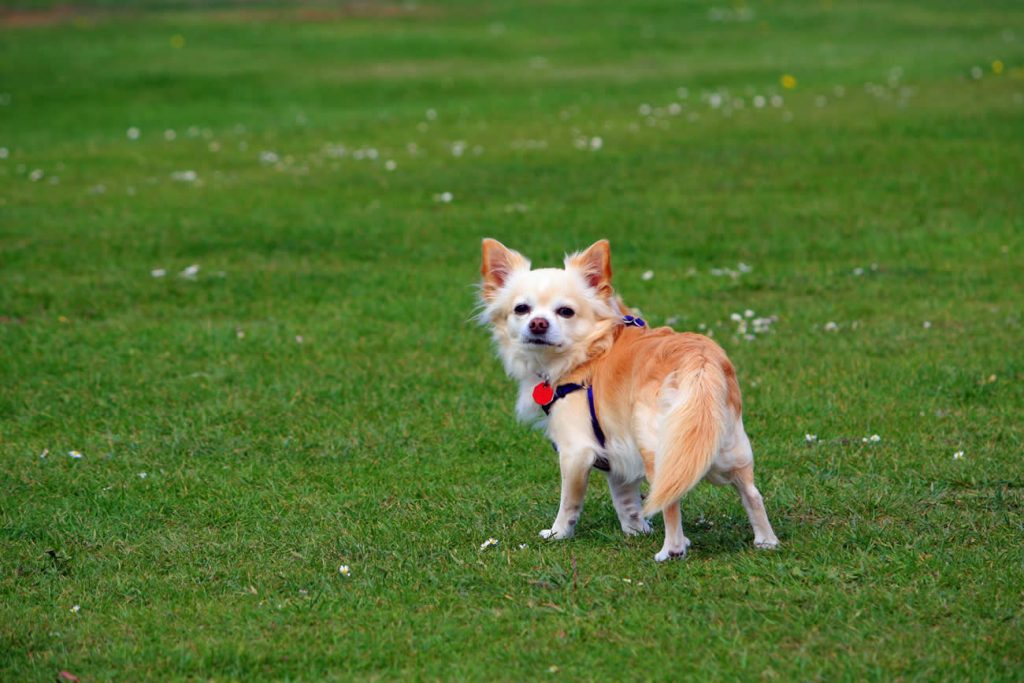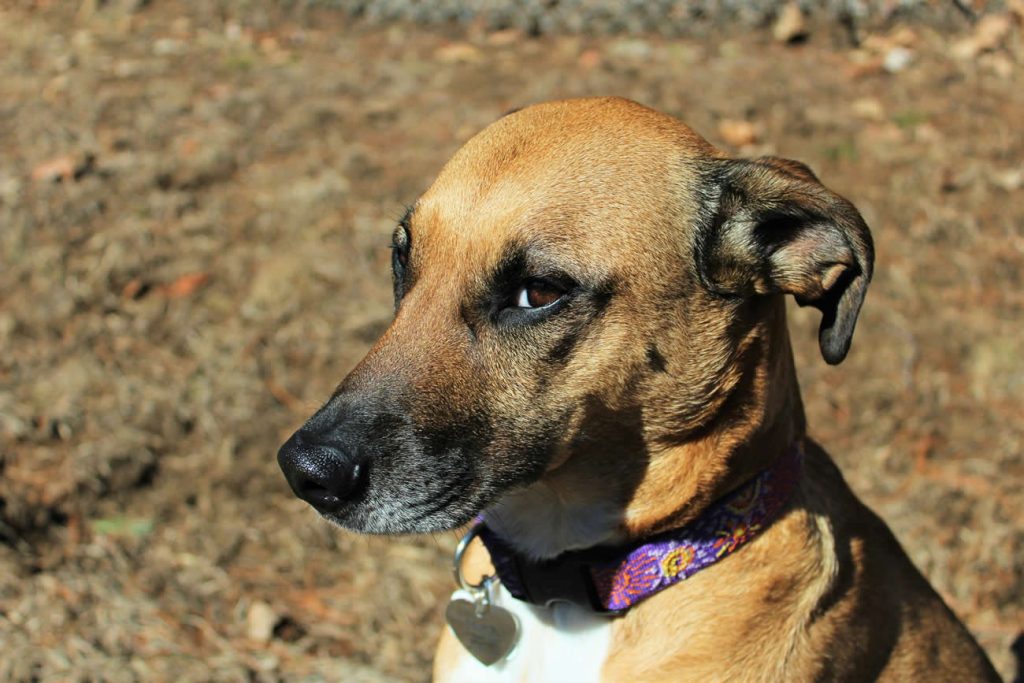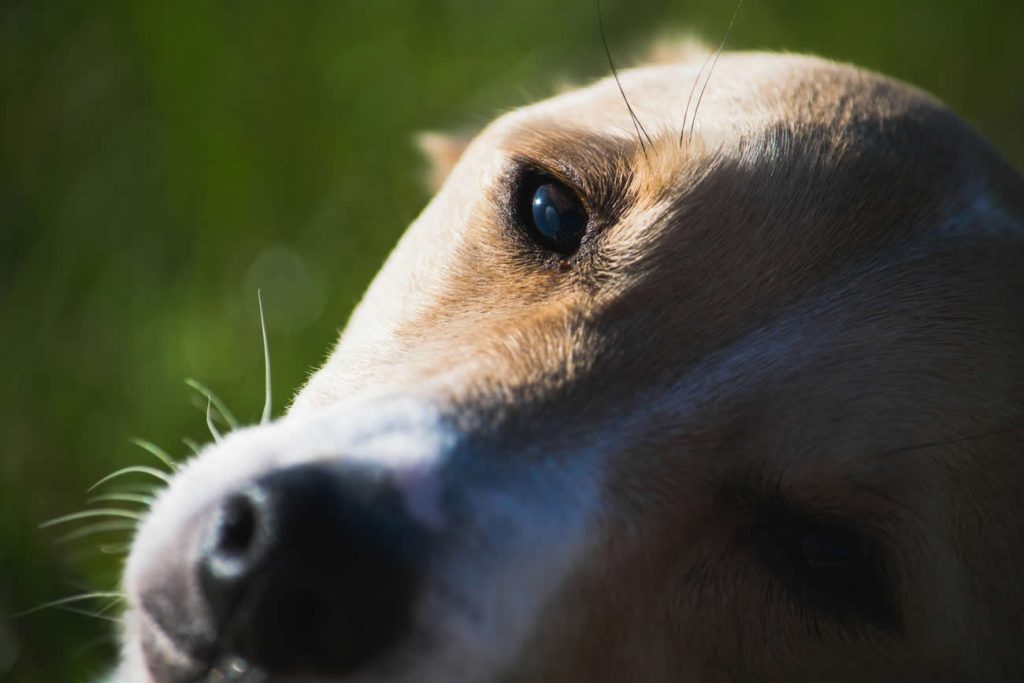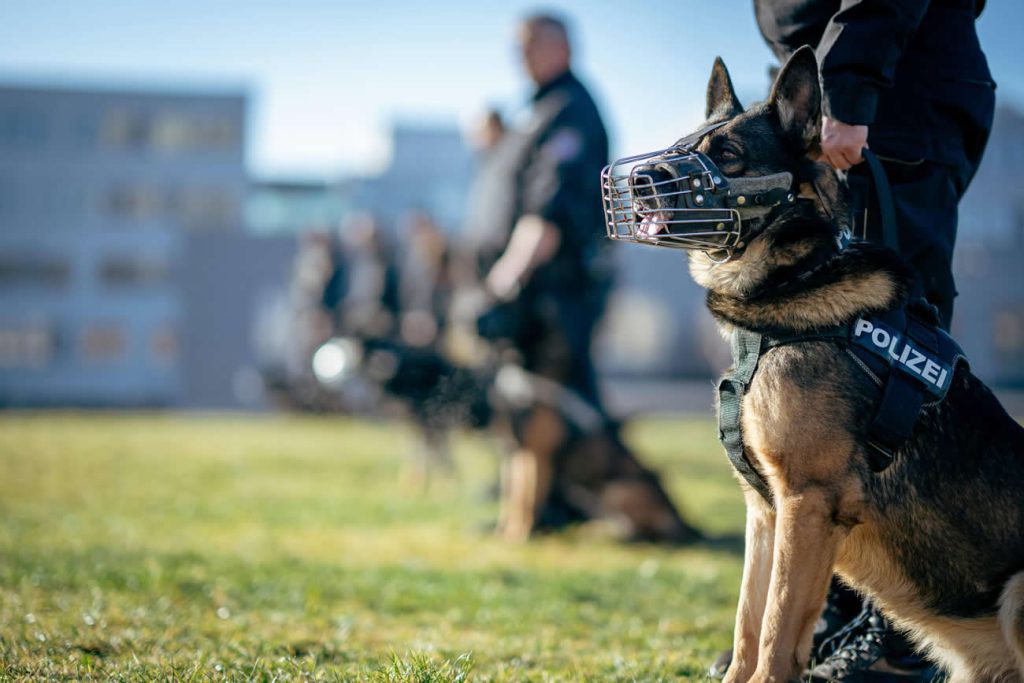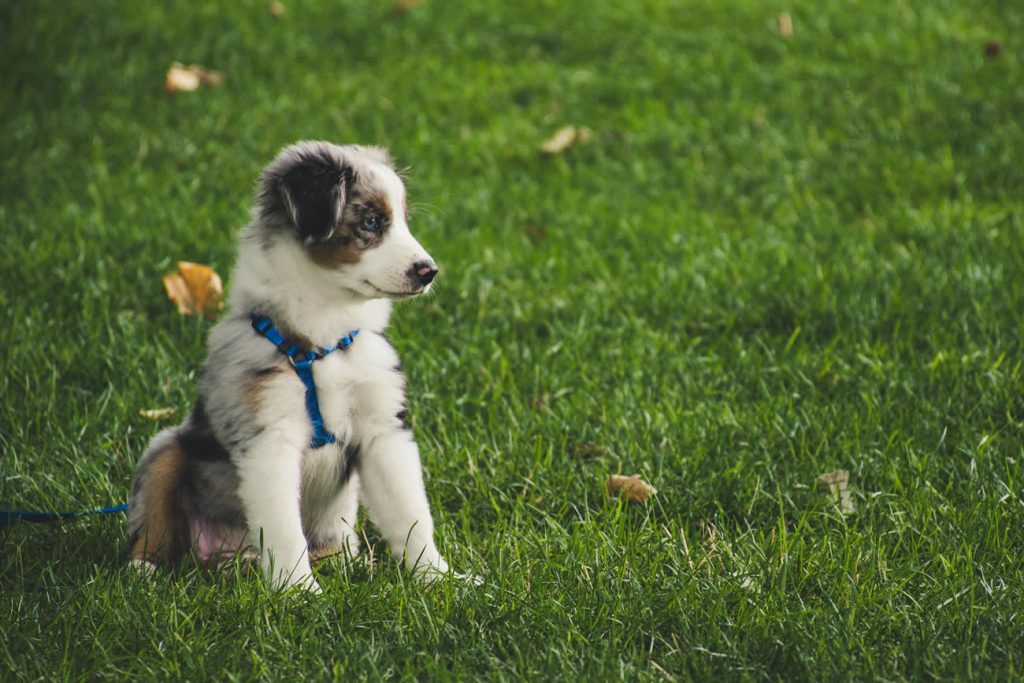Puppies are undeniably adorable, but as they grow, many pet owners find themselves wondering about their development stages and when they will reach their full size.
Understanding the growth process of puppies is crucial for ensuring they receive the proper nutrition, exercise, and care during their formative months.
This article will delve into the various factors that influence puppy growth, the timeline for different breeds, and key considerations for pet owners.
Understanding Puppy Growth
Puppies grow rapidly during their early months, and several factors, including breed, nutrition, and overall health influence this growth.
The growth process can be divided into distinct stages, with each stage characterised by specific developmental milestones.
Growth Patterns by Breed
The size of the breed significantly affects how quickly a puppy grows. Generally, smaller breeds reach their adult size much sooner than larger breeds.
For example, a Toy Poodle may be nearing its full height by six months, while a Great Dane may continue to grow for up to two years. Understanding these differences can help owners set realistic expectations for their puppy’s growth.
- Small Breeds: Typically stop growing between six to twelve months.
- Medium Breeds: Generally reach their adult size by around twelve months.
- Large Breeds: Usually stop growing between twelve and eighteen months.
- Giant Breeds: They may continue to grow until they are between eighteen and twenty-four months old.
The Role of Growth Plates
The growth of a puppy’s bones occurs through areas known as growth plates, found at the ends of long bones. These plates are made of cartilage and are responsible for bone lengthening. As a puppy matures, the growth plates gradually harden and close, signalling the end of growth in height.
- Growth Spurts: Puppies often experience growth spurts, which can make tracking their development tricky. During these periods, they may seem to double in size overnight.
- Closure of Growth Plates: When the growth plates close, the puppy will stop growing in height, although they may continue to gain muscle and fat.
Puppy Development Stages
Puppies go through several key developmental stages during their first two years. Understanding these stages can provide insight into what to expect as your puppy matures.
Neonatal Stage (Birth to 2 Weeks)
During the first two weeks, puppies are entirely dependent on their mother. They spend most of their time sleeping and nursing. Their eyes and ears are closed, and they rely on their sense of smell to find their mother for feeding.
- Weight Gain: Puppies typically double their birth weight within the first week.
- Development: They begin to develop motor skills as they move around their whelping area.
Transitional Stage (2 to 4 Weeks)
In this stage, puppies start to open their eyes and ears, becoming more aware of their surroundings. They begin to stand, walk, and engage in play.
- Socialisation: This is a critical period for social interaction with their littermates.
- Weaning: Puppies start the weaning process, transitioning from their mother’s milk to solid food.
Socialisation Stage (4 to 12 Weeks)
This is a vital period for social development. Puppies learn about their environment and begin to interact more with humans and other animals.
- Learning: They learn essential behaviours and social skills during this time.
- Vaccinations: It’s crucial to start vaccinations to protect them from common diseases.
Juvenile Stage (3 to 6 Months)
During this stage, puppies experience rapid growth and development. They begin to lose their baby teeth and gain adult teeth.
- Behaviour Changes: Puppies may exhibit increased energy levels and curiosity.
- Training: This is an excellent time to start formal training, as they are eager to learn.
Adolescence (6 to 18 Months)
Puppies enter adolescence, where they may show independence and testing of boundaries. This stage can be challenging for owners due to behavioural changes.
- Continued Growth: While they may have reached their height, they will continue to fill out and develop muscle.
- Training Reinforcement : Consistent dog training and socialisation remain essential during this time.
Social Maturity (1 to 2 Years)
Most dogs reach their full size by the time they are one to two years old, depending on the breed. They will continue to mature emotionally and behaviourally.
- Final Size: By this point, their growth plates will have closed, and they will have reached their adult weight.
- Behavioural Stability: Dogs typically become more settled and less rambunctious as they mature.
Factors Influencing Puppy Growth
Several factors can affect how quickly and how well a puppy grows. Understanding these can help owners provide the best care for their growing pups.
Nutrition
A balanced diet is vital for a puppy’s growth and development. Puppies require specific nutrients, including protein, fat, vitamins, and minerals, to support their rapid growth.
- Puppy-Specific Food: It is essential to feed puppies food formulated for their developmental stage. Puppy food typically contains higher levels of protein and fat than adult dog food.
- Avoiding Obesity: Monitoring portion sizes and ensuring a healthy weight is crucial to prevent obesity, which can lead to health issues later in life.
Exercise
Regular exercise is crucial for a puppy’s physical and mental health. However, it is essential to balance exercise with rest to prevent injury.
- Safe Exercise: Puppies should engage in short bursts of play and gentle walks on soft surfaces to protect their developing joints.
- Avoiding Strain: Activities that involve jumping or running on hard surfaces should be avoided until the puppy is fully grown.
Health
A puppy’s overall health can significantly impact its growth. Regular veterinary check-ups are essential to monitor growth and catch any potential health issues early.
- Parasites: Intestinal worms and other parasites can hinder growth, so preventative treatments are necessary.
- Genetic Factors: Some breeds are predisposed to certain health conditions that can affect growth.
When Do Puppies Stop Growing?
Determining when a puppy will stop growing is not straightforward, as it varies by breed and individual factors.
General Guidelines
- Small Breeds: Typically stop growing by six to eight months.
- Medium Breeds: Generally reach full size by around twelve months.
- Large Breeds: Usually stop growing between twelve and eighteen months.
- Giant Breeds: May continue to grow until they are eighteen to twenty-four months old.
Signs of Full Growth
Pet owners can look for several indicators that their puppy has reached full size:
- Teeth Development: By six months, puppies should have all their adult teeth.
- Physical Appearance: Changes in body shape and size can indicate maturity.
- Behavioural Changes: A shift towards calmer behaviour can also signal that a dog is nearing maturity.
Supporting Your Growing Puppy
As a puppy grows, owners play a crucial role in supporting their development.
Nutrition and Feeding
Providing the right nutrition is essential for healthy growth. Owners should consult with their veterinarian to determine the best feeding plan.
- Quality Puppy Food: Ensure that the food is high in quality and specifically formulated for puppies.
- Regular Feeding Schedule: Puppies should be fed multiple times a day, with portion sizes adjusted as they grow.
Exercise and Play
Engaging in regular exercise is vital for physical and mental development.
- Structured Play: Incorporate playtime that encourages physical activity without over-exertion.
- Socialisation Opportunities: Allow puppies to interact with other dogs and people to develop social skills.
Regular Veterinary Care
Routine check-ups with a veterinarian are essential for monitoring a puppy’s growth and overall health.
- Vaccinations: Keeping up with vaccinations is crucial for preventing diseases.
- Health Assessments: Regular exams can help identify any growth-related issues early on.
Common Questions About Puppy Growth
As pet owners navigate the growth stages of their puppies, they often have questions. Here are some common inquiries:
How Can I Tell How Big My Puppy Will Get?
Estimating how large a puppy will become can be tricky, especially with mixed breeds.
- Parent Size: The size of the puppy’s parents can provide a good indication of its potential adult size.
- Paw Size: Larger paws may suggest that the puppy has more growing to do.
What If My Puppy Isn’t Growing as Expected?
If a puppy is not growing as anticipated, it could indicate health issues.
- Consult a Veterinarian: If you notice stunted growth or other health concerns, seek veterinary advice.
- Health Checks: Regular vet visits can help identify any underlying issues affecting growth.
Can Neutering or Spaying Affect Growth?
Neutering or spaying can influence a puppy’s growth trajectory.
- Hormonal Impact: These procedures can affect the closure of growth plates, potentially leading to larger adult sizes if done at a young age.
Conclusion
Understanding when puppies stop growing is essential for pet owners to provide the best care during their formative years. By recognising the various factors that influence growth, including breed, nutrition, and health, owners can ensure their puppies develop into healthy, happy adult dogs.
Regular veterinary care, a balanced diet, and appropriate exercise will support a puppy’s growth journey, allowing them to thrive as they transition into adulthood.
By keeping these insights in mind, you’ll be well-equipped to navigate the exciting journey of puppyhood, ensuring your furry friend grows up to be a well-adjusted member of your family.



